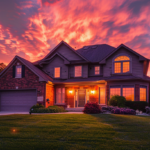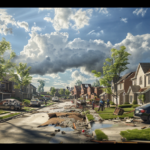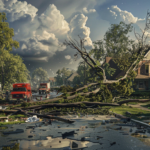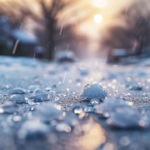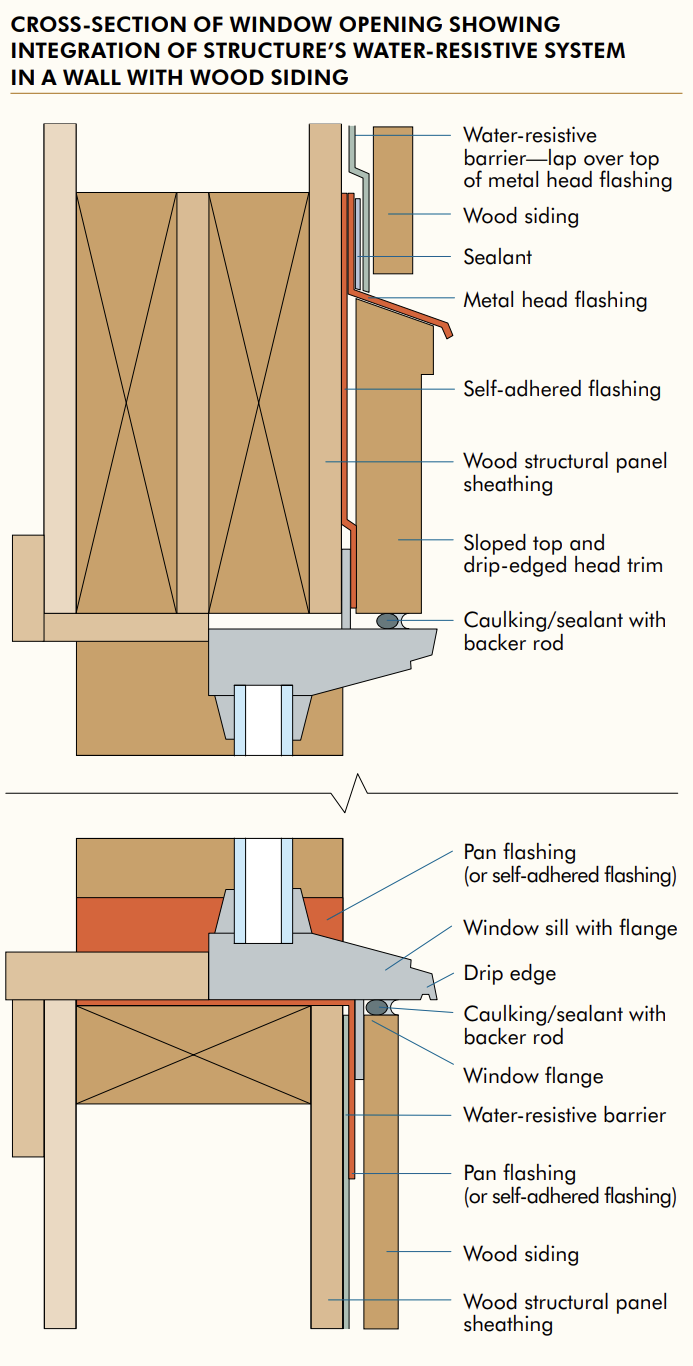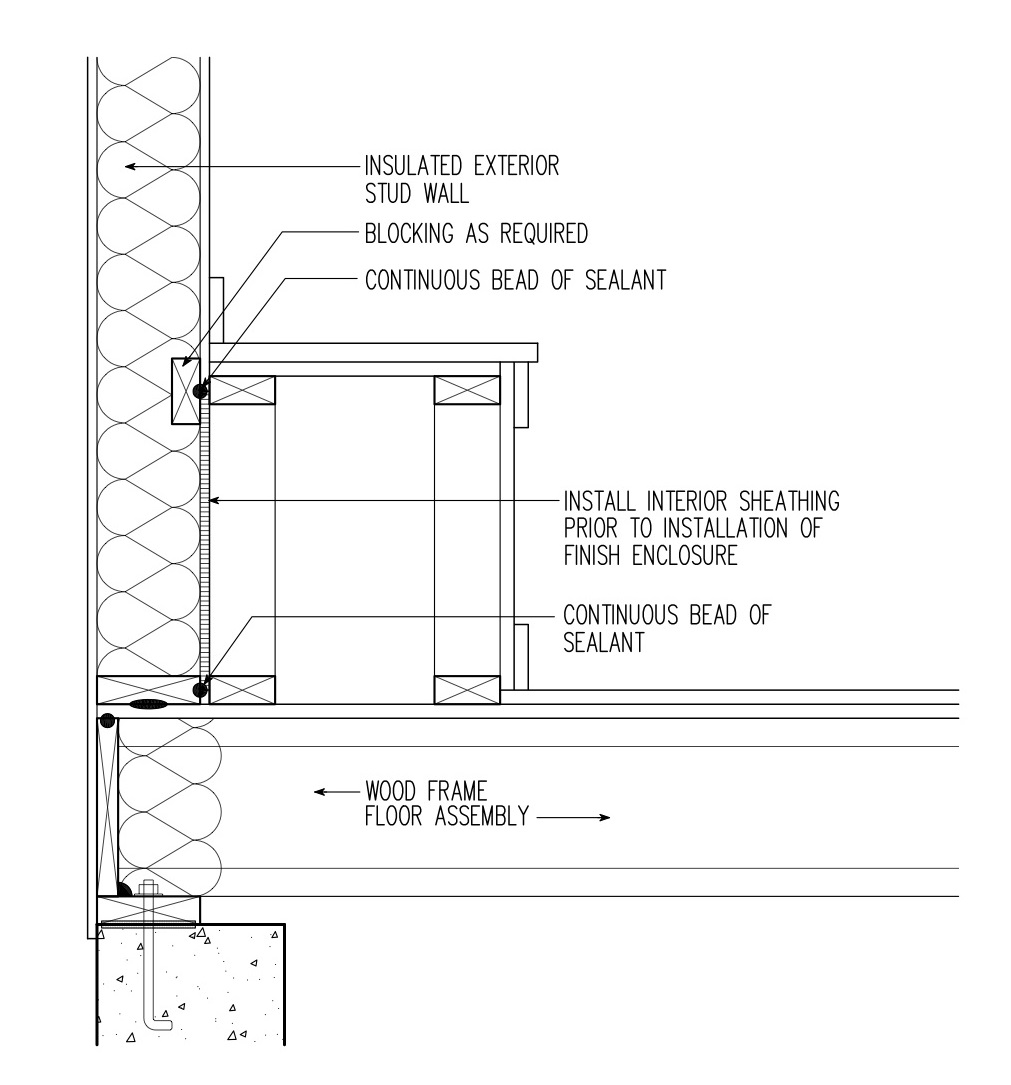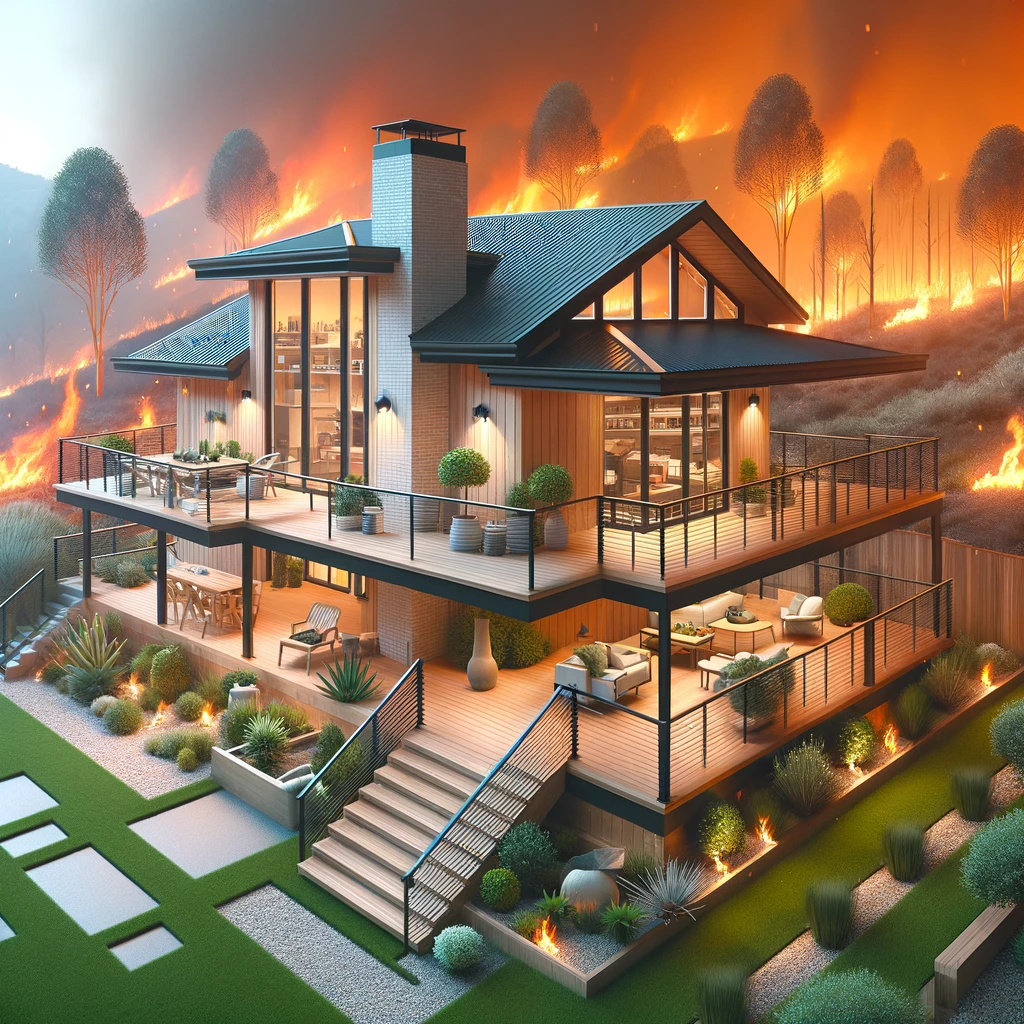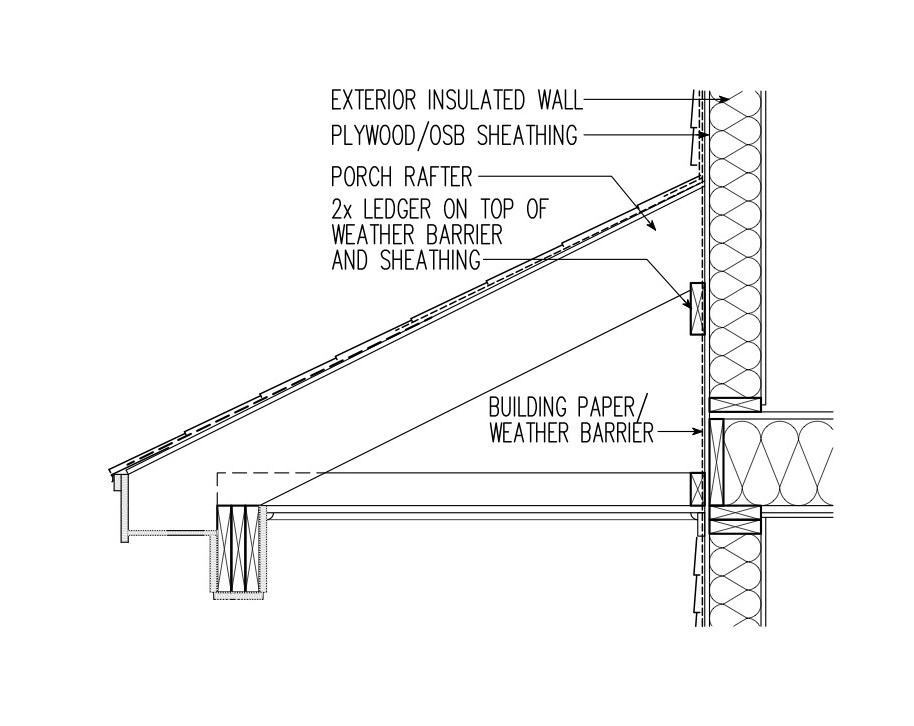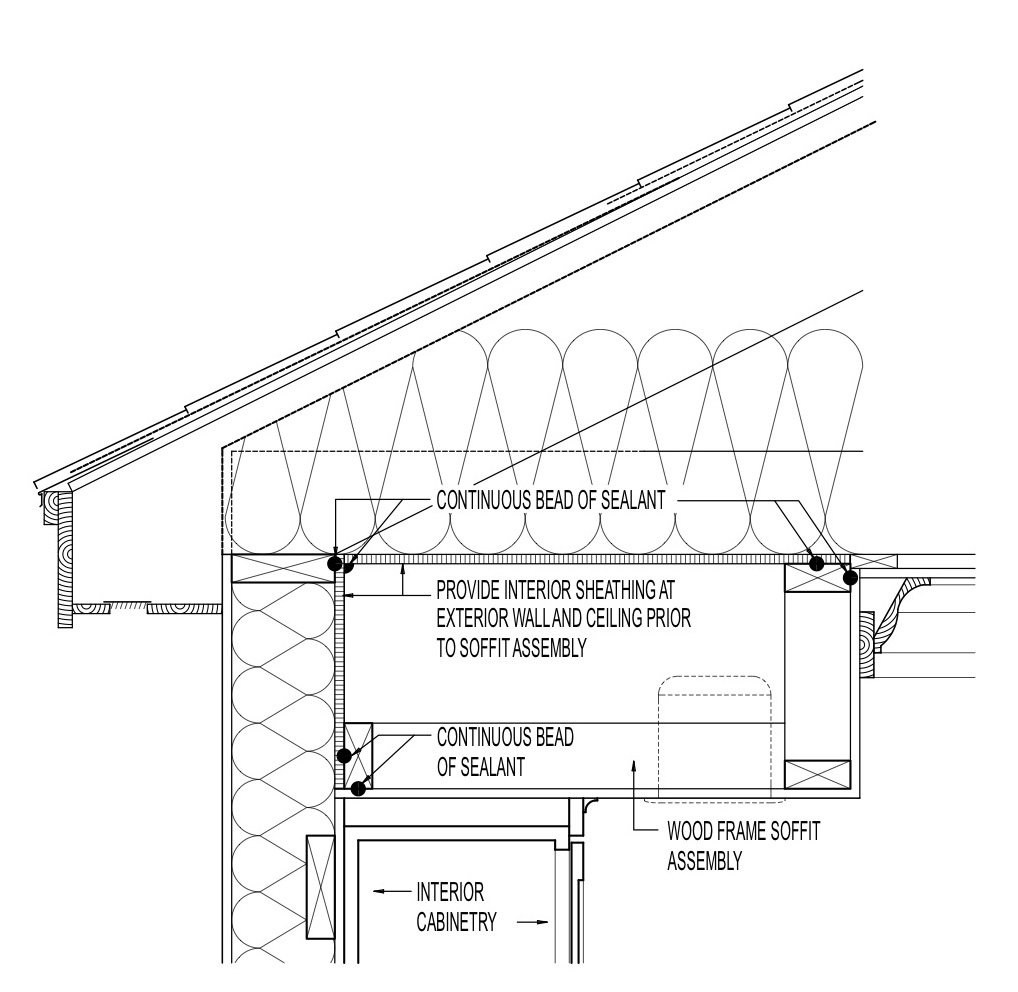Moisture is a common enemy of homes, and its effects on walls can be devastating. Water can infiltrate walls through leaks and condensation, leading to structural damage and health hazards. At Allied Emergency Services, we understand the importance of moisture-resistant wall construction. In this blog, we’ll explore the key strategies to avoid moisture accumulation in walls and protect your home.
Understanding Moisture Accumulation in Walls
Water can accumulate in walls from two primary sources: leaks and condensation. Leaks are the most significant threat, as they can quickly degrade wood components and other materials within the wall. Moisture vapor from air penetration and vapor diffusion are also concerns but usually result in smaller amounts of water accumulation.
How Water Leaks Into Wood Wall Construction
Water leaks are a major contributor to building damage and can be caused by various factors, including improper or missing flashing, improper installation of water-resistive barriers, and poorly designed wall intersections and penetrations. Wood structures can absorb and dissipate small amounts of water, but problems arise when design or construction errors allow water to accumulate beyond the structure’s capacity to handle it. Proper design, construction, and maintenance are essential to control water leaks.
Preventing Leaks with Flashing
Flashing plays a crucial role in preventing water leaks around wall intersections, windows, doors, and penetrations. It directs water away from the interior of the structure, ensuring it doesn’t enter the wall cavity. Properly installed flashing, made from various materials, is part of a comprehensive water-resistive system.
Water-Resistive Barriers
Long-term wall durability depends on keeping water out of the wall cavity, which is achieved through water-resistive barriers. These barriers provide inexpensive protection for structural components and reduce the risk of moisture accumulation. Proper installation, particularly at corners, intersections, and with flashing, is crucial to their effectiveness.
Caulking as a Waterproofing Component
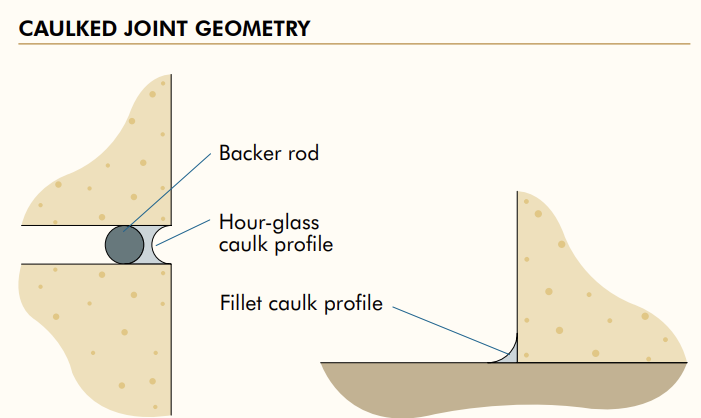
Caulks, or elastomeric exterior sealants, are used to seal cracks between building elements and prevent wind and water penetration. While caulks are not permanent and must be periodically replaced, they play a vital role in the waterproofing system. They should be used in conjunction with other waterproofing methods, such as building paper or “house wrap.”
Moisture from Air Infiltration and Vapor Transmission
Condensation of vapor within walls can also lead to moisture intrusion. This occurs when warm, moist air passes through an insulated wall and condenses on cooler surfaces within the wall. Proper placement of vapor retarders, either on the interior or exterior side of the wall, is essential to prevent this issue.
Air Infiltration Barriers
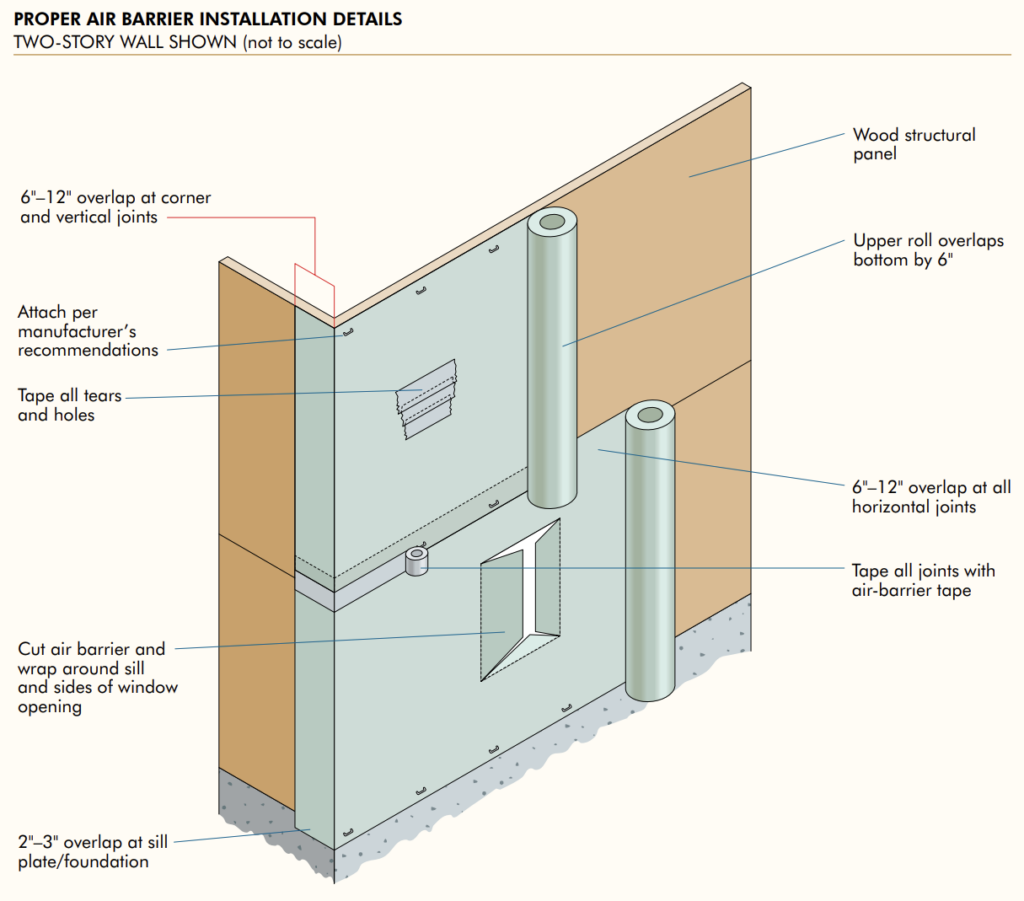
Differential air pressures across walls can cause air infiltration, leading to moisture accumulation. Air infiltration barriers, such as house wrap, can reduce moisture-laden air’s flow into the wall cavity when installed correctly. These barriers act as a continuous drainage plane, preventing water leaks.
Vapor Transmission in Wood Wall Construction
Vapor transmission involves the molecular passage of water through building components. Proper placement of vapor retarders, depending on climate conditions, is crucial to prevent condensation within the wall.
Installing Rain-Screen Walls
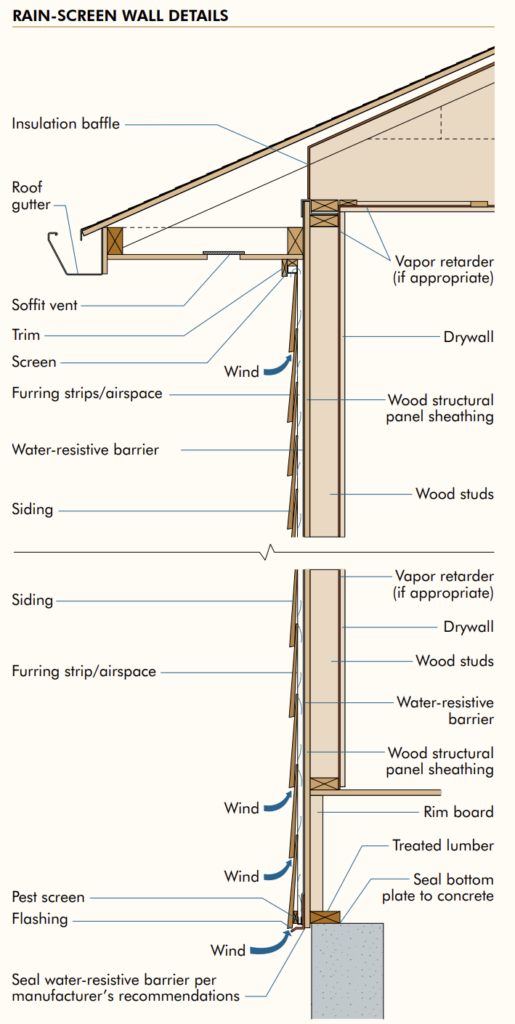
In areas prone to wind-driven rain, rain-screen wall construction is a recommended solution. This construction method creates an air space between the exterior finish system and the weather-resistive system, allowing for drainage and airflow while preventing water infiltration.
In conclusion, moisture-resistant wall construction is vital to protect your home from water damage. Proper design, construction, and maintenance, along with the use of flashing, water-resistive barriers, caulking, and vapor retarders, can ensure the long-term durability of your walls. If you encounter moisture-related issues, don’t hesitate to contact Allied Emergency Services for expert assistance.
For immediate service or consultation, you may contact us at Allied Emergency Services, INC.
Contact Information:
- Phone: 1-800-792-0212
- Email: Info@AlliedEmergencyServices.com
- Location: Serving Illinois, Wisconsin, and Indiana with a focus on the greater Chicago area.
If you require immediate assistance or have specific questions, our human support is readily available to help you.
Disclaimer: This article is intended for informational purposes only. For professional advice, consult experts in the field
